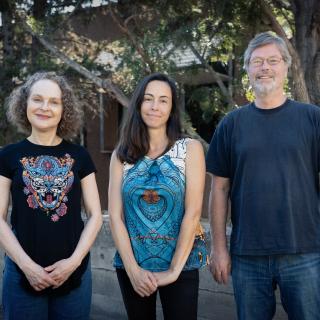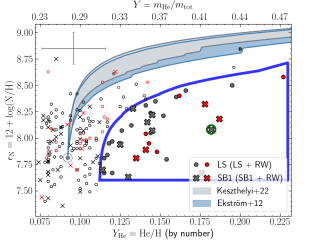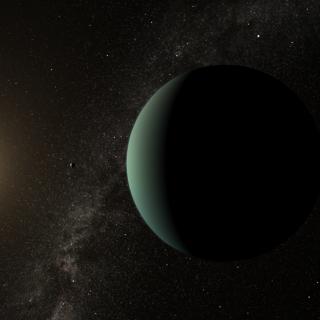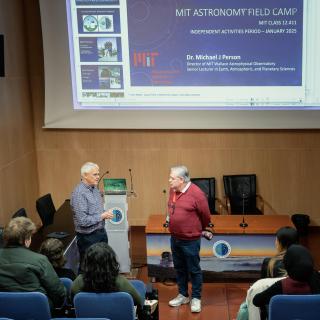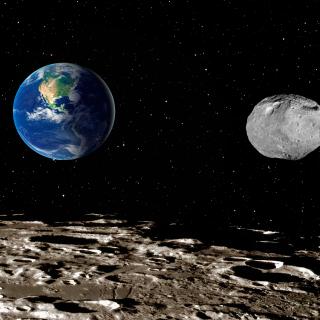
This is the third “mini-Moon” with lunar-like material identified as part of the Arjuna asteroid belt, where objects follow similar orbits around the Sun to that of the Earth-Moon system. IAC, February 6, 2025. – Near-Earth asteroid 2024 PT5 orbits around the Sun following a trajectory very similar to that of the Earth-Moon system, and during two months of 2024, it accompained our Earth on its journey. This asteroid has material on its surface that was originated in the Moon, as it has been proved by a research led by the Insituto de Astrofísica de Canarias (IAC) and the Universidad
Advertised on

